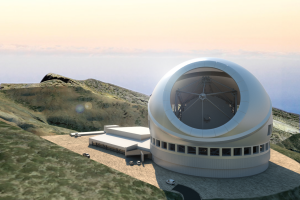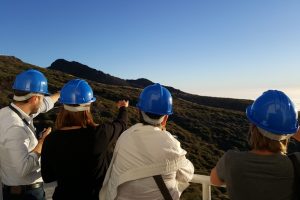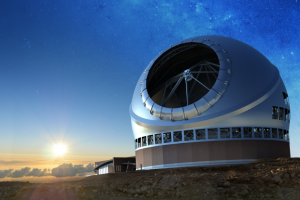While Maunakea continues to be TIO’s preferred site, TMT investigated alternative sites to ensure construction can begin in a timely fashion.
From February 2016 through October 2016, four potential sites for the TMT were evaluated to provide an alternative location for the observatory. All of the alternative sites considered were excellent for carrying out the core science of the TMT and the interactions with potential host countries and organizations were uniformly very positive.
On October 31st, 2016, the TIO Board of Directors selected the ‘Observatorio del Roque de Los Muchachos’ (ORM), in La Palma, on the Canary Islands (Spain) as the alternate site for TMT.
On March 29, 2017 TIO and Instituto de Astrofísica de Canarias (IAC) signed a hosting agreement which defines how the alternative site will be available if Maunakea proves infeasible. The bilateral agreement governs the conditions for hosting TMT at Observatorio del Roque de los Muchachos (ORM) on La Palma, its future operation and eventual demolition, removal and restoration of the site. Among the terms of the 75-year agreement are the right to construct and operate, the use of the land, access to infrastructure and common services, and headquarters facilities in La Palma and Tenerife.
El Roque de los Muchachos Observatory, where the TMT would be located, is above what is known as “sea of clouds”, where the atmosphere is cleaner and there is less turbulence. Since 1988, La Palma has a law for the protection of sky quality, having been declared as the first Starlight reserve in the world.
El Roque de los Muchachos Observatory currently hosts twelve telescopes. The Great Telescope of the Canary Islands (GTC) is currently the largest optical telescope with a primary mirror of 10 meters in diameter. This location has also been selected as the place to install the Cherenkov telescopes network.
El Roque de los Muchachos Observatory has full capacity to meet the scientific objectives of the TMT and provides very similar atmospheric characteristics to Maunakea at visible and near-infrared wavelengths.







